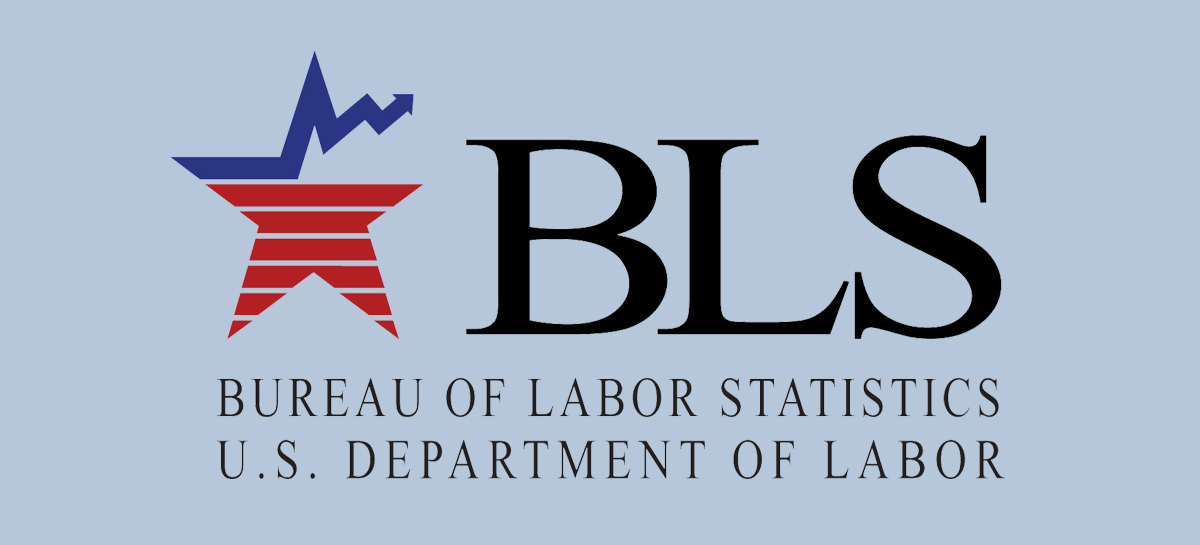
According to the U.S. Bureau of Labor Statics (BLS), the rate of labor union membership decreased from 10.3% in 2021 to 10.1% in 2022. The 2022 unionization rate is the lowest since the BLS started tracking comparable union data in 1983. Despite the decrease in the union membership rate, the number of wage and salary workers belonging to unions, at 14.3 million in 2022, increased by 273,000 from 2021. This is likely due to the increase in the total number of wage and salary workers in the United States, including those who didn’t join unions. The BLS’ release explained that the “disproportionately large increase in the number of total wage and salary employment compared with the increase in the number of union members led to a decrease in the union membership rate.”
The BLS’ release revealed that union members’ median weekly earnings were higher than nonunion workers. The bureau noted that other factors could explain this gap, such as occupation, industry, age, and geographic region. The highest union memberships rates were among protective service occupations (34.6%) and education, training, and library jobs (33.7%). Additionally, the union membership rate among public sector workers (33.1%) was five times the rate of private sector workers (6%), and the membership rate for men was higher than that of women.
Employer Takeaway – The percentage of workers with labor union membership in the United States has generally trended down compared to past decades. The decline in the rate of union membership comes despite findings that workers have increasingly positive views on unions. While many workers view unions favorably, they aren’t necessarily joining them. According to 2022 data from Gallup, 71% of Americans view unions favorably, but 58% of nonunionized workers reported they’re “not interested at all” in joining a union. However, the National Labor Relation Board reported a 53% increase in union petitions filed in fiscal year 2022. This included several high-profile unionization efforts last year at Amazon and Starbucks. Therefore, employers should continue to monitor union and workplace trends to track employee desires.
We’ll keep you apprised of any notable updates and growing employment trends.